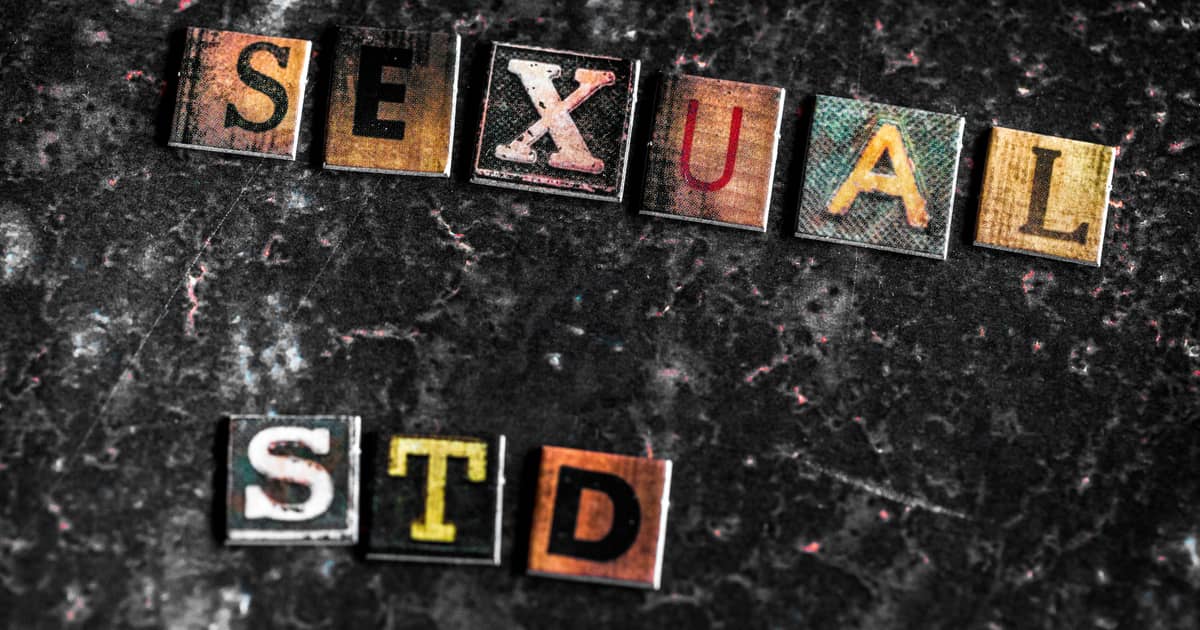Health authorities have been sounding the alarm for some time already. We’ve been dealing with shocking rates of STD infections over the past few years. The effortless access to reliable information, contraception and screening services haven’t done a lot to slow down the troublesome trend.
So, what has gone wrong?
According to a recent National Geographic report, Covid-19 is partially to blame for the current situation. Looking at the bigger picture, however, suggests a number of important additional factors that have also gotten us where we are right now.
Covid-19: Just One of the Elements
The latest statistics from the US are beyond troubling.
According to the Centers for Disease Control and Prevention (CDC) in the United States, there are at least 2.5 million cases of gonorrhoea, syphilis, congenital syphilis and chlamydia. The number suggests an increase of four per cent on an annual basis, regardless of the fact that new federal funding for sexual health programmes had been made available.
The statistics feature just the reported cases, which means that the actual number of sexually transmitted diseases is much higher. What’s even more troubling than the number is the fact that half of all infections affect people in the 15 to 24 age group.
Additionally, 31 percent of chlamydia, gonorrhoea and syphilis cases affected black people, regardless of the fact they represent only 12 per cent of the US population.
The Covid-19 pandemic is one of the factors explaining the shocking numbers.
At the height of the pandemic, healthcare resources got mainly redirected in the fight against Covid-19. Social distancing measures also made it more difficult for people to get effortless access to consultations, STD testing and prophylaxis options like HIV PEP and HIV PrEP.
Covid-19 revealed that many countries had a gap in the healthcare system, contributing to certain needs and certain communities being overlooked.
Unfortunately, these gaps usually impact the most vulnerable population segments. They also have profound effects on the demographics that are statistically most likely to have the highest risk of contracting STD.
But new infection rate numbers have been increasing for years. This means that the Covid-19 pandemic offers solely a partial explanation. There’s obviously a bigger social and healthcare phenomenon contributing to widespread infections.
Social Segmentation and the Vulnerabilities of Underprivileged Demographics
The fact that so many new cases affect the youngest members of the US population highlight the need for much better sexual education programs.
Looking for answers from friends and online communities doesn’t always provide young people with the right tools and resources. Many misconceptions and urban myths spread, contributing to high risk practices that have consequences.
The stigma surrounding STDs is one more hurdle that has to be overcome for the trend to get reversed. Because of fear and shame, many people don’t seek STD screening solutions. They may also be hesitant about buying and using barrier contraception like condoms.
Regardless of the fact that so many people have one infection or another, there is still a belief that only certain kinds of people can get an STD. This myth is detrimental and it causes an avalanche-like effect.
People in the LGBT community and other marginalised members of the population often experience discrimination, including in terms of accessing high quality and reliable healthcare services. A history of racism and medical mistreatment will also need to be overcome, given the disproportionate way in which black people are getting infected.
What’s the Next Step
The efforts of each individual matter but the steps undertaken by society in the fight against STDs are even more important.
Additional funding and the direction of healthcare resources where they are much needed will be very beneficial. This fact is true for the US and it also applies to numerous other parts of the world including Singapore.
Partnerships between various healthcare service providers (from sexual health clinics to GPs and even pharmacists) will also be required for an all-encompassing approach that delivers reliable and sound assistance during every step of the way.
Some steps have already been undertaken and the results are beyond obvious.
The rate of new human immunodeficiency virus (HIV) infections are going down in the US and in Singapore. The trend is similar globally, showing that campaigns aimed at ending the HIV pandemic by 2030 are paying off.
And even though the world could fail meeting the milestone, there’s light in the end of the tunnel. Effortless access to healthcare, awareness campaigns and viable treatment options all work together to reduce social inequalities and get sexual health normalised.
As a person, you can get in the habit of getting screened on an annual basis (as long as you’re not a high risk individual). STD screening is a must-do for everyone who is sexually active. Even if you are in a committed monogamous relationship, you can still benefit from the peace of mind that a simple and quick test provides.
STD testing is readily available and 100 per cent confidential at men sexual health clinics like Shim Clinic. Contact Shim Clinic now to learn more about the work we do and the services we offer or visit us during working hours every day of the week.

